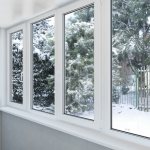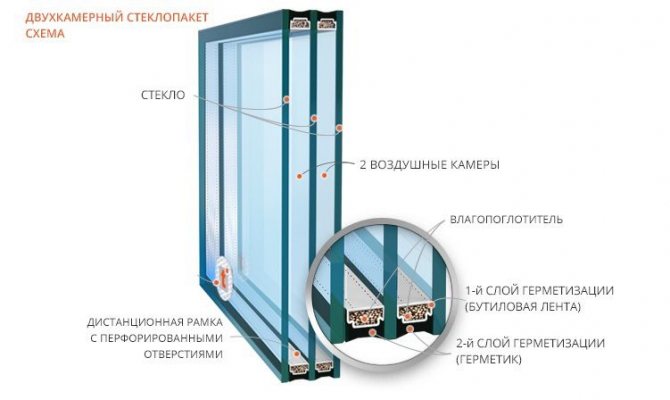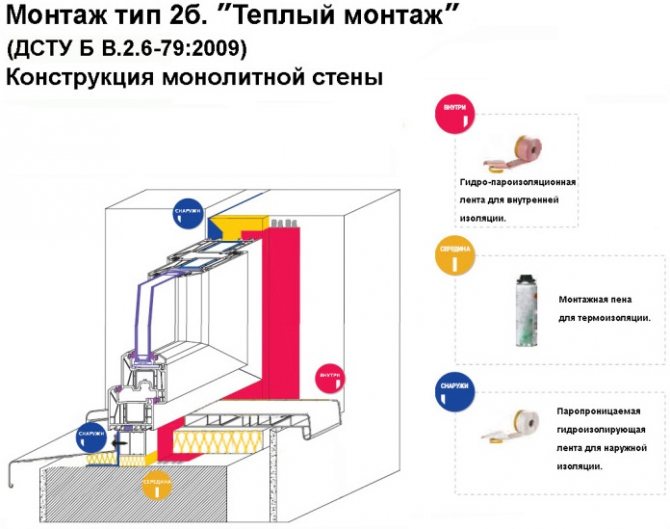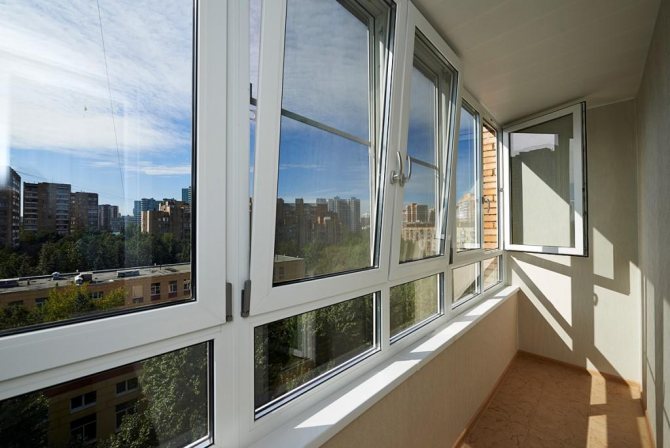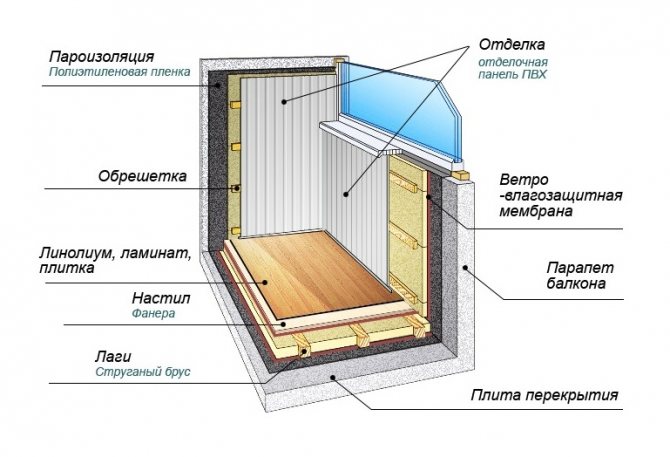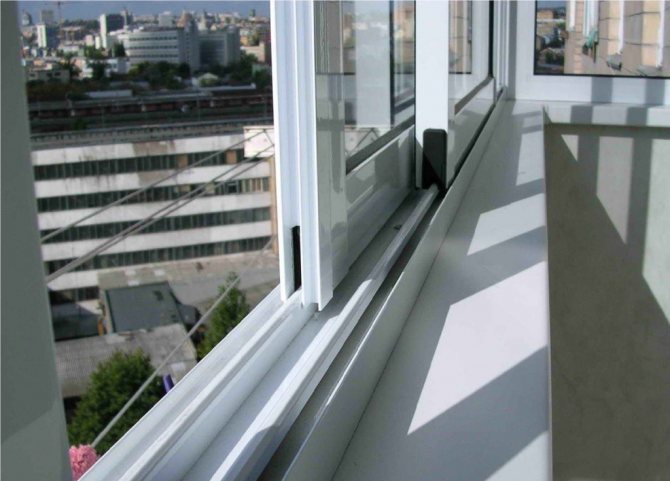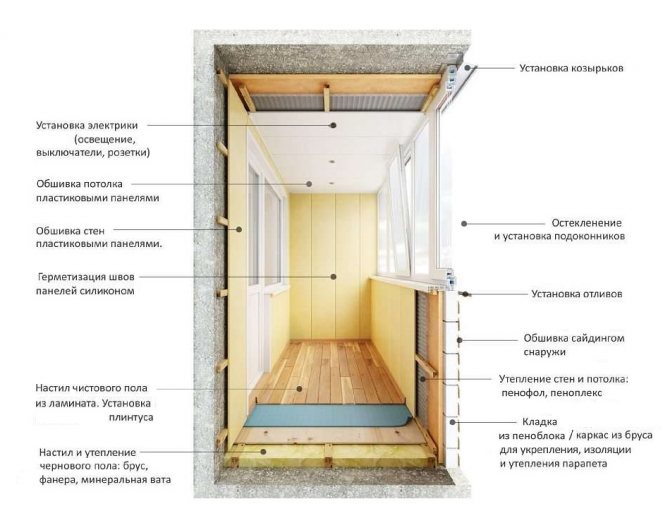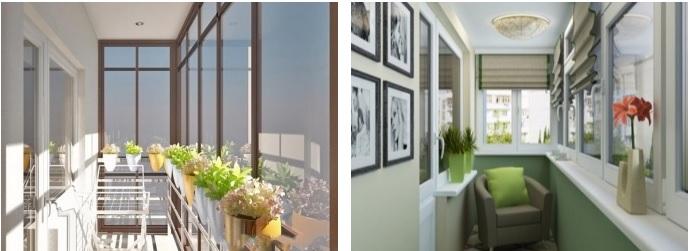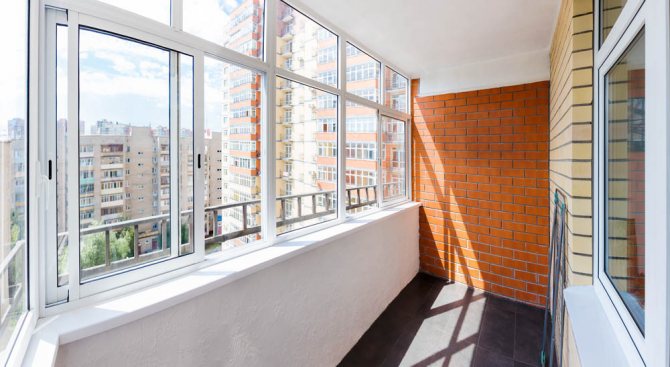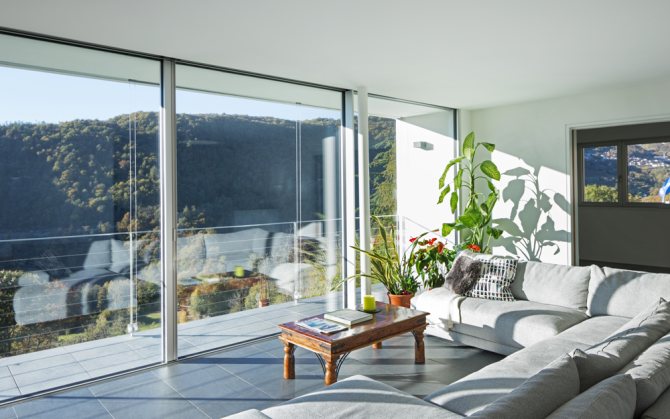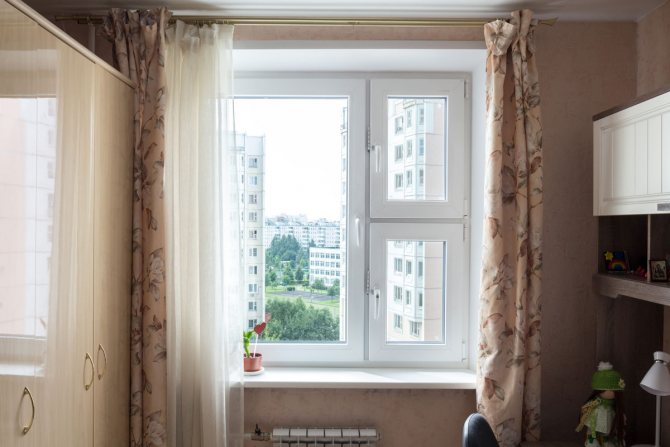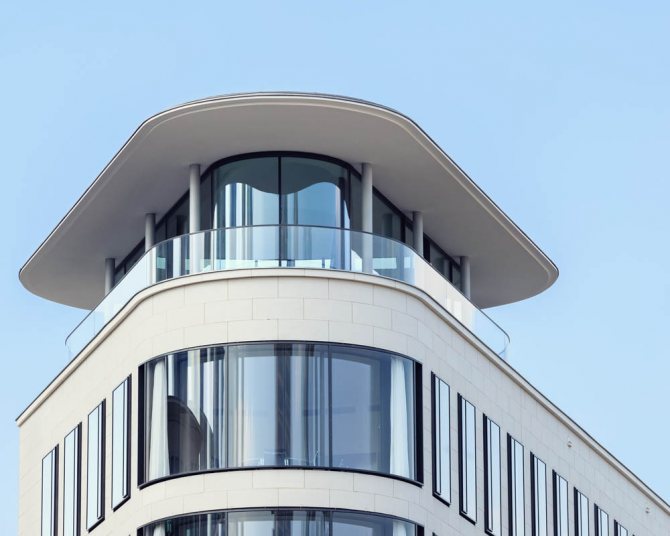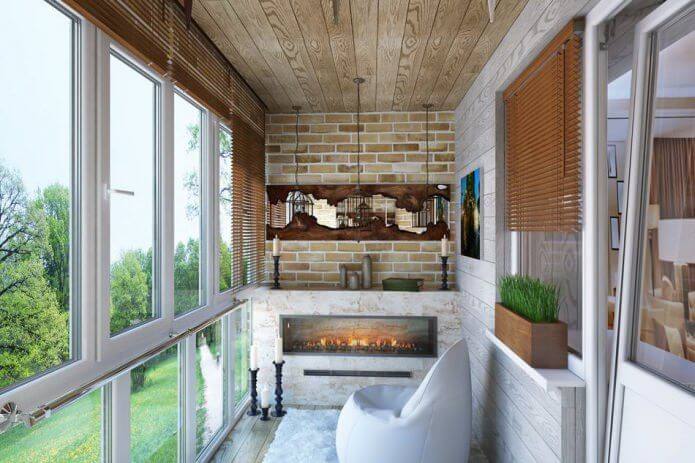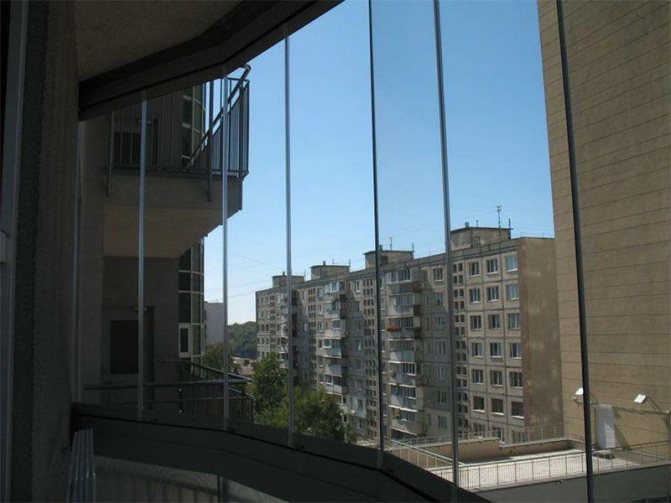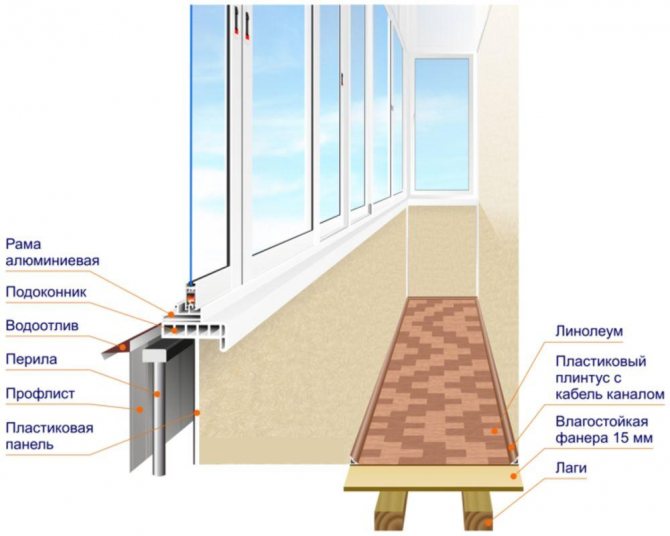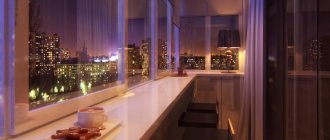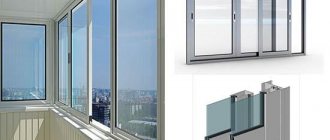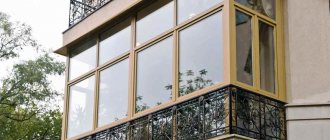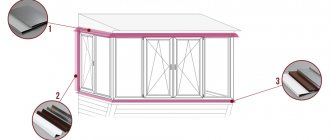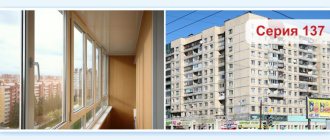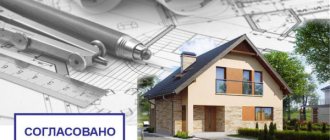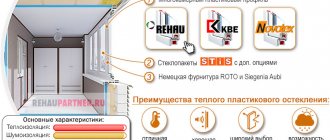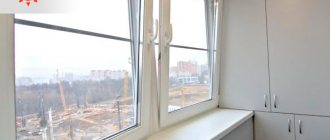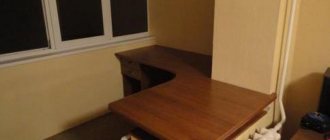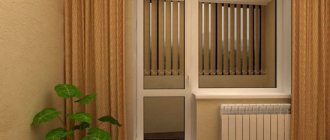- the main
- Articles
- Warm glazing of balconies and loggias is the best option for an apartment
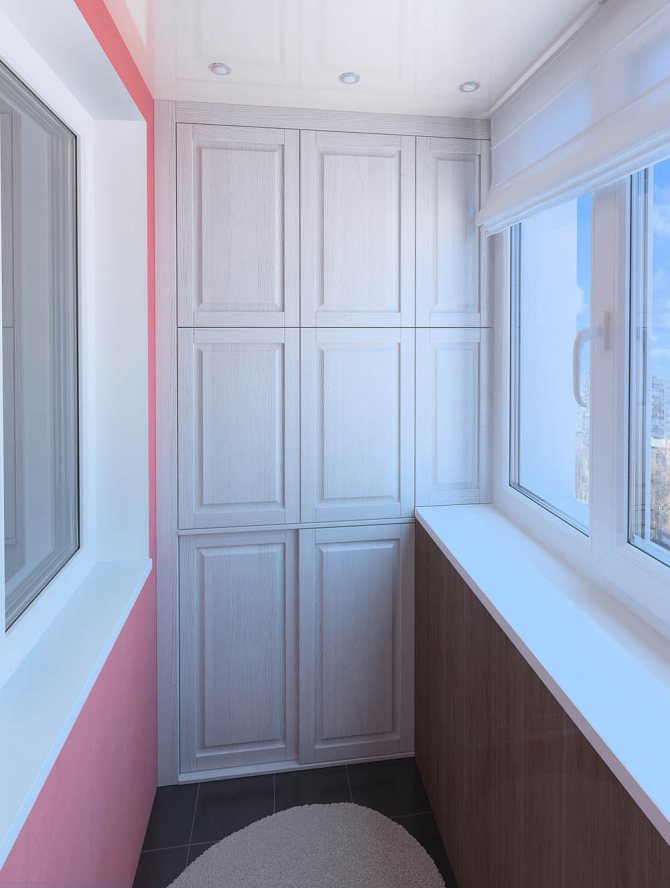
Do you want to make a balcony a full-fledged living space? Do you need to insulate the loggia as much as possible, provide sound insulation? Are you planning to equip a greenhouse or a small private office on the balcony, a place for tea drinking or a cozy romantic corner? Then order warm glazing of a loggia or balcony. It has several advantages:
- warm glazing of balconies and loggias provides maximum heat and sound insulation;
- has an attractive appearance;
- modern profiles and double-glazed windows are durable, reliable and unpretentious in maintenance.
Warm glazing of balconies will cost a little more than cold glazing, but at the same time you will retain heat throughout the house, which will save on electricity when you turn on the heaters. In addition, a warm balcony will become a full-fledged living room, which is invaluable for owners of small apartments.
Warm glazing: the choice of profile and double-glazed windows
For warm glazing of balconies and loggias, you need to choose a profile and a double-glazed window, which, in fact, are responsible for saving heat in your home.
For a warm balcony, a profile is suitable:
- Plastic. The most common option. PVC profiles provide high noise and heat insulation, they are airtight and have a long service life. The resistance to heat transfer depends on the thickness and chamberiness of the profile, therefore, with special requirements for the temperature regime on the balcony or loggia, it makes sense to dwell on models with three or more chambers, however, it should be remembered that the weight of the window structure in this case will be significant. A heavy profile is unlikely to be suitable for balconies; for installation on a loggia, a load calculation will be required.
- Aluminum. Traditionally, aluminum is not used for warm glazing of a loggia or balcony, since it does not meet the requirements for high thermal insulation. However, it is still possible to equip a warm balcony with the help of an aluminum profile; this will require a special profile with a thermal break. This option is not as popular as PVC, since it is expensive. Meanwhile, it has its advantages - light weight, the ability to install a lift-and-slide structure. Suitable for arranging a warm loggia with large windows.
For warm glazing, double-glazed windows should be chosen correctly. They can be:
- Single chamber. They consist of 2 glasses, between which there is an air gap, which is responsible for heat and sound insulation. A single-chamber double-glazed unit has a small thickness, it is relatively light, and therefore more reliable in terms of the load on the base of the structure.
- Two-chambered. They consist of three glass panes with 2 air chambers. Suitable for warm glazing of loggias in fairly noisy areas, have a high resistance to heat transfer.
- Three-chambered. Such double-glazed windows are suitable for the northern regions of Russia. However, it is necessary to take into account their weight, having thought over the support of the structure when glazing.
- Energy saving. The chambers between the glasses are filled with inert gas, not compressed air, which prevents cold penetration, and the silver coating refracts the sun's rays. With such double-glazed windows, it will be cool on the loggia in summer, and warm in winter.
Advantages and disadvantages
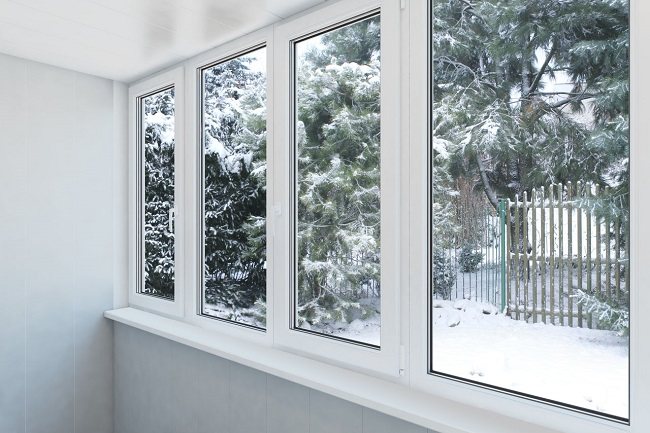

Strengths of warm balcony glazing:
- The main advantage over cold options is high insulating performance.And this has a positive effect not only on the room temperature. Massive frames and thick glass units significantly reduce the level of external noise penetration.
- The ability to implement complex design solutions. Thermal insulation of the room allows you to use a wide range of finishing materials, the use of which is impossible in low temperatures.
- An insulated balcony or loggia can be a continuation of the room, a separate office or an additional place to relax.
- As a rule, these are solid, reliable structures that are resistant to high wind and climatic loads. The materials used to equip warm balconies are designed for a long service life and are not subject to the destructive effects of the external environment.
The weaknesses of warm glazing include:
- High price. Arrangement of an insulated balcony costs 2-3 times more than a cold one.
- Low level of natural light. Wide frames take up more floor space, and multilayer double-glazed windows with thick glass do not allow daylight from the street to pass through well. This makes the loggia somewhat gloomy and requires a relatively large investment in additional lighting.
- Smaller usable area. Warm balcony blocks are thicker than cold ones, and if the perimeter of the balcony is insulated, this also requires additional space, which is already scarce on the balconies.
- Great weight. Massive frames and double-glazed windows exert a significant load on the bearing plates, which is why the installation of such structures is not possible on all buildings.
What profiles are used
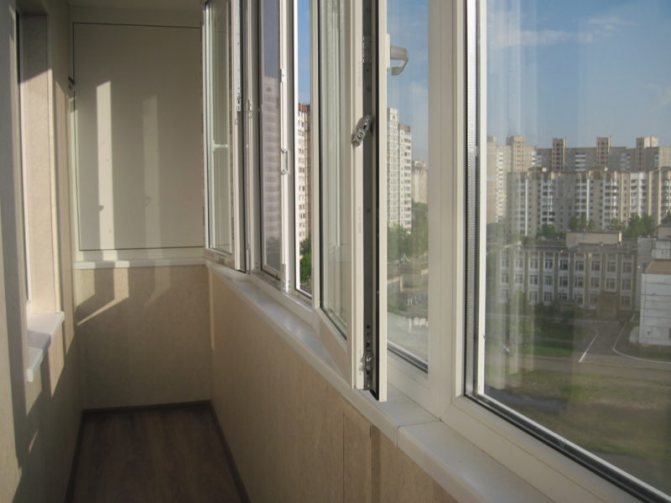

For this type of glazing, window blocks with the following profile types are used:
- plastic (PVC) - affordable and popular option;
- a wooden profile made of eurobeam in terms of heat and sound insulation is almost the same as a plastic one. But environmentally friendly material with a presentable appearance is expensive;
- warm aluminum.
When choosing windows for glazing, it is worth considering three options in more detail.
Plastic windows for a balcony - durable, service life up to 50 years. They are not afraid of changes in temperature and precipitation, do not require staining. Robust profiles, thanks to metal reinforcement, have three to five air chambers inside. Thus, providing reliable thermal insulation and noise suppression protection.
Wooden windows made of Eurobeam have low thermal conductivity, sound insulation and environmental friendliness. They are made of three-layer timber, which is not subject to deformation and adverse effects of precipitation. Sturdy, suitable for the installation of heavy energy-efficient insulating glass units. Can be provided with protective aluminum strips.
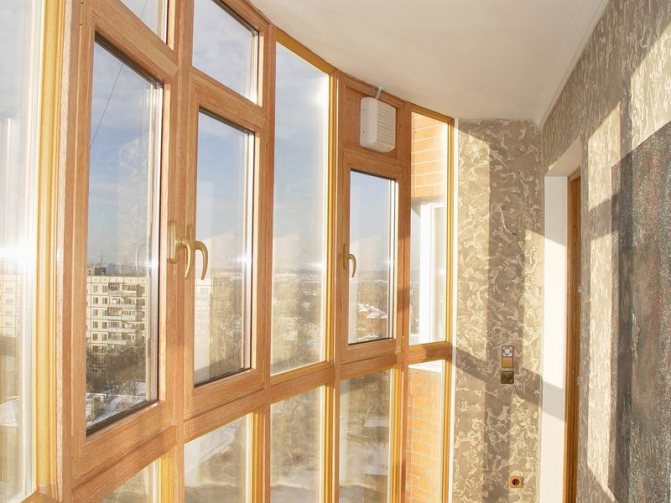

There is also a third option, an innovation in the world of window technology - warm aluminum windows. They are made of a three-layer metal profile with a polymer thermal bridge inside.
With a relatively low weight, the windows have increased strength, which allows large areas to be glazed. They are characterized by resistance to the manifestations of bad weather and a service life of up to 80 years. With the use of the technology of warm aluminum mounting, it became possible to glaze the balconies in the houses of the old housing stock.
Profile systems for warm glazing
For the arrangement of warm balconies and loggias, a metal-plastic or special aluminum profile, as well as wooden frames, are used.
Reinforced plastic glazing
This is the most common option. Profile systems are made of polyvinyl chloride reinforced with metal elements.
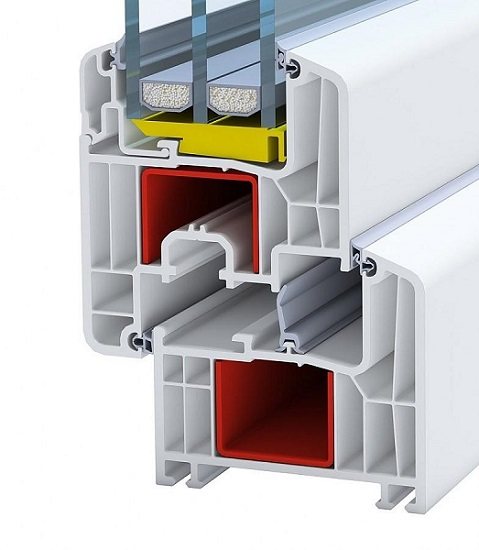

Reinforcing U-shaped profile
A hollow plastic bar is inside divided by partitions into separate sections, the number of which determines its strength and energy-saving characteristics.
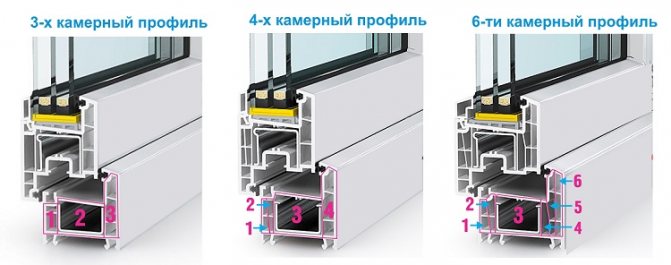

This separation makes it possible to insulate through fittings, place reinforcing elements, or fill the chamber with a polymer with low thermal conductivity.
PVC systems are classified according to the thickness of the outer walls and inner partitions. For warm structures, it is possible to use only class A products, the thickness of the outer walls of which cannot be less than 3 mm, and of the inner walls 1 mm.


Advantages of metal-plastic glazing:
- It is cheaper than wood or energy-efficient aluminum counterparts.
- Provides a sufficient level of tightness and sound absorption.
- Practically not subject to seasonal temperature fluctuations, humidity drops, any atmospheric influences.
- Polyvinyl chloride used for glazing does not belong to substances with increased flammability, and in the event of a fire, the spread of the flame is suppressed by its self-extinguishing properties.
- The usual white color of plastic looks good, it fits most of the facades of buildings. There is also the possibility of polymer pigmentation or lamination with a film that imitates valuable wood species.
- Relatively easy installation.
- Plastic balconies are easy to use and do not require any specific maintenance.
Which glazing option to choose
Cold glazing is a budget solution when you want to put things in order on the loggia, and there are no plans to use it all year round. When do you need to opt for the installation of warm glazing:
- Planning to use the balcony in winter.
- Do you want to remove the partition between the balcony and living rooms in order to increase the area of the apartment.
- You are going to equip an area with a comfortable microclimate and amenities.
There is an intermediate option between warm and cold glazing - metal-plastic sliding frames. They are cheaper than full-fledged PVC window blocks from a 5-chamber profile. In cold weather, the temperature on the glazed loggia and in the house differs by an average of 10-15 degrees. If this is a normal indicator for you, you can opt for semi-insulated glazing. Heat savings can be increased through insulation and high-quality interior decoration.
Double-glazed windows
More than 80% of the glazing area is occupied by a translucent filling, and its correct choice largely determines the heat loss of the room. An insulating glass unit with high thermal insulation characteristics consists of at least two chambers (3 glasses), separated by spacers.
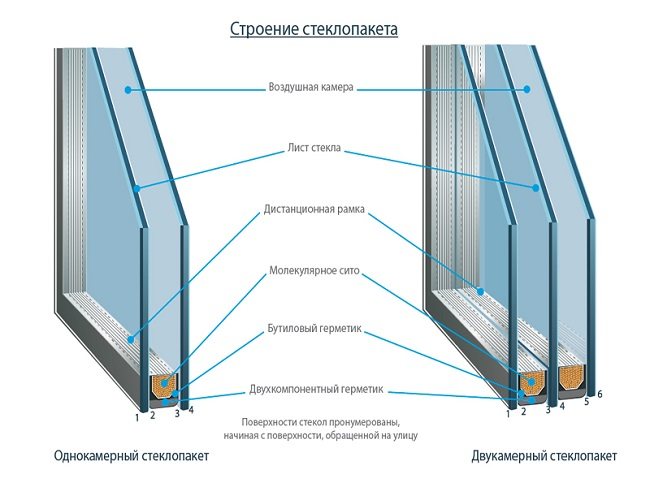

The retention of heat in the room is influenced by the thickness and type of glass, the presence of a special coating on them, the filling medium and the depth of the spacer.
- Glass. An affordable and common option is 4 mm glass. Outside, thicker sheets (6 mm) are often installed, which does not insulate so much as insulates the room from noise.

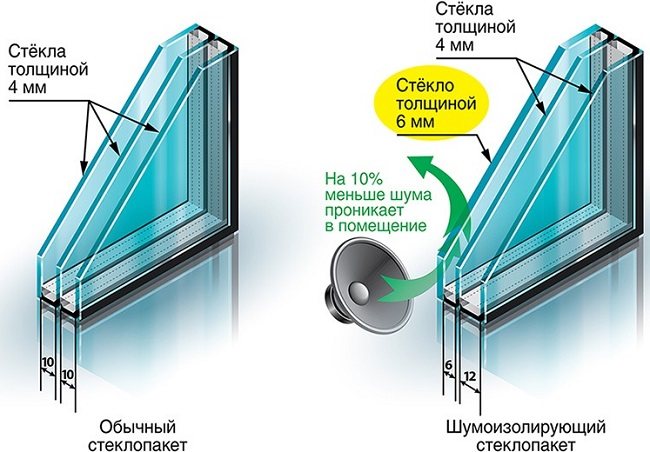
There are glass with a special coating, which in winter keeps the heat in the room, and in summer reflects part of the solar radiation, reducing the heating of the room.
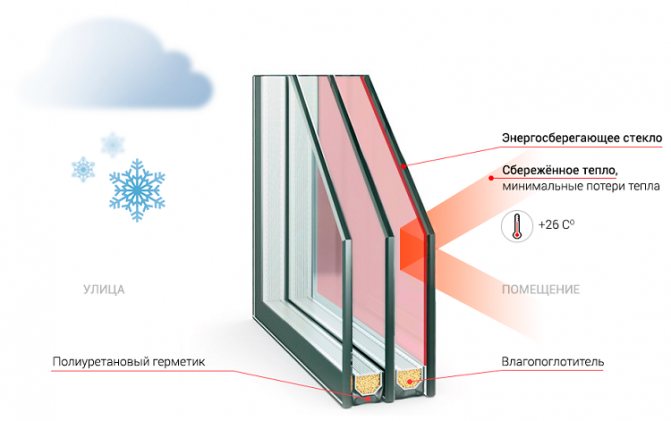
- Cameras. The more of them, the better the thermal insulation. However, you should not get carried away, since the glass weighs a lot, and not every fittings will withstand a structure with more than three sheets. The best option is a double-glazed window. There are also single-chamber ones with a special coating, but their energy efficiency will be slightly lower.
- Spacer frame... In fact, it determines the distance between the glasses in the glass unit The greater the distance makes the structure bulky, but the absorption of external noise in such cases increases. Minimum heat loss at a distance between sheets - 16 mm.

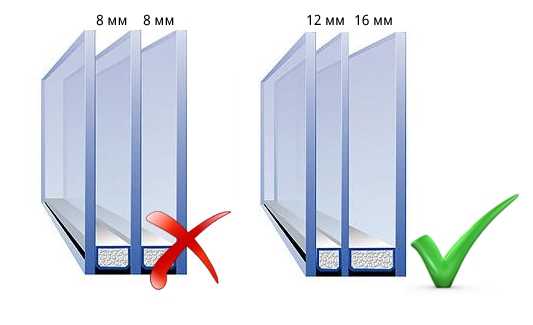
- Filling chambers... The most affordable option is dry air. But the balcony will be much warmer if an inert gas, for example, argon or krypton, is used as a filler.

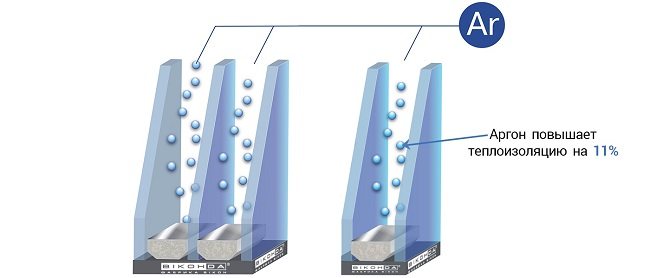
What to consider when ordering
Before making a final decision, you need to decide on the details.
The first is to study the technical condition of the balcony. The specialist will tell you whether additional work is needed to strengthen the base plate and whether the structure is capable of withstanding the weight of the window blocks.
The choice of an installation company should be taken with responsibility. View offers in the city and study reviews of completed works. To ask about the quality of the structures from friends who glazed the loggia a couple of years ago. It is much better when the company does the full scope of turnkey work and guarantees high-quality insulation of the premises.
The type of glazing depends on the personal preferences of the customer and financial capabilities.
Balcony with take-out
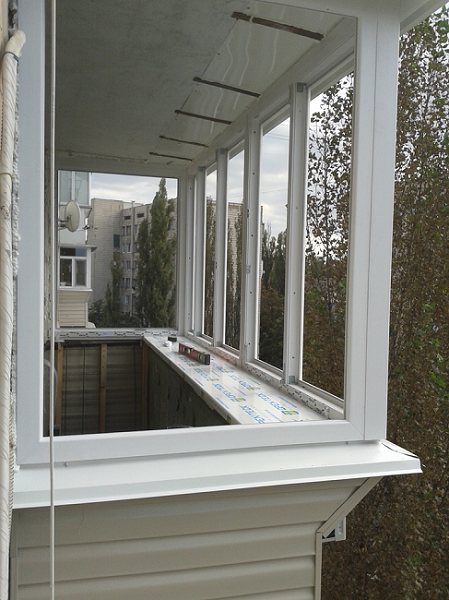

Warm structures take up a lot of usable space, and if there is already little space on the balcony, then there will be very little free space after insulation. Glazing with an extension will help to partially solve the problem. In this case, the balcony is installed at a certain distance from the perimeter of the fence.
To do this, first, metal brackets are mounted and the balcony frame is already assembled on the resulting structure.
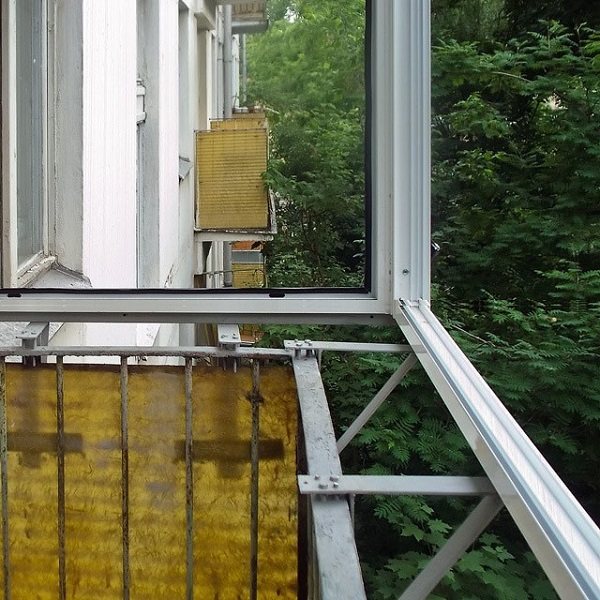

From the outside, the brackets are covered with plastic clapboard, siding or corrugated board, and from the inside, everything is hidden by the window sill.
According to domestic legislation, without any permission, the balcony can be taken out to a distance of up to 30 cm.
How to choose quality material.
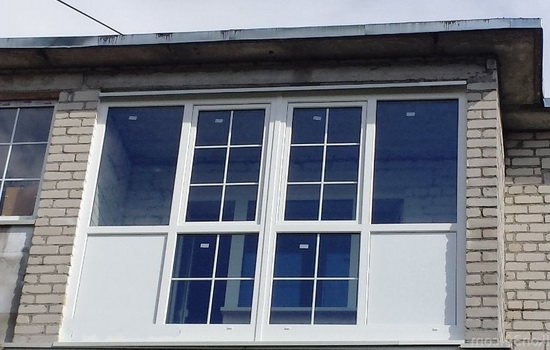

Today the Russian market of window products is ready to offer the end buyer a choice of a large number of models of light-transmitting structures of a number of manufacturers - from fairly "promoted" brands to less well-known ones.
In order to purchase a quality product that meets all technical requirements, you should carefully consider the following selection recommendations. So, the buyer should:
- stop your choice on models of well-known manufacturers;
- require a representative of a company that sells windows to provide certificates for products;
- Before signing the contract for the supply of windows, carefully read it, paying special attention to the items "Completion", "Timing", "Installation".
- after carrying out work related to the installation, check the correct and smooth functioning of all elements of the system.
If you are not satisfied with any clause of the contract, or if the manager provides the necessary set of certificates for the offered products, then the best way out for the buyer will be search for another seller, fortunately, in any city there are quite a lot of firms specializing in this particular line of business.
Five yes to this option
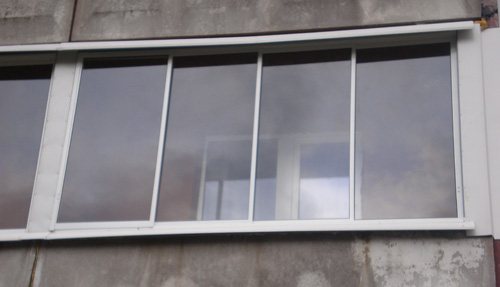

Aluminum profile - an effective way to protect against atmospheric precipitation and dust
- The light weight of the aluminum structure eliminates the additional, often unsafe load on the building floor. Therefore, if the architect is categorically against PVC and adjusts on this option, do not contradict!
- Good illumination due to the large glass area and low thickness of the frame frames.
- The strength, durability and fire resistance of aluminum are beyond question.
- The opportunity to save money.
- Graceful appearance.
You can save space by installing practical sliding doors on roller mechanisms. But neither they, nor the felt seal around the perimeter, which is used every now and then for the purpose of insulation, will not make the room comfortable, but will provide the temperature there in winter only a few degrees higher than outside the window.
Is it possible to solve the problem of heat loss with "little blood"? It is, of course, possible to decide, but "with little blood" - it is unlikely. Both additional thermal insulation materials and heaters will require financial investments and still will not give the desired effect. Therefore, if the priority is to turn square meters into a full-fledged warm room, cold glazing will have to be abandoned.But there is good news: temperature is the only reason that can stop you, because in all other cases, there are practically no restrictions!
What the market offers
Many glazing companies offer as a “warm” version of the Rehau system (here is a comparison of Rehau profiles) and KBE with high quality Roto fittings. From Rehau, the Rehau Blitz model is usually used, which excellently protects against drafts, dust and moisture penetration. This is facilitated by two sealing circuits (seal overlap of 8 mm outside and inside).
Stages of installation of facade glazing
At the moment, the following types of similar structures can be equipped:
- post-transom;
- semi-structural and structural;
- modular;
- frameless spider and cable-stayed.
The most popular way of installing warm facade glazing is post-transom. In this case, the assembly of the structure is performed approximately according to the following technology:
- The side of the dominant winds is calculated and, taking this into account, the location of the facade is determined.
- Install vertical racks. Such structures are mounted using almost the same technology as, for example, a frame in plasterboard partitions.
- Insulate the frame. To do this, a waterproofer is first mounted between the beams, and then a heater.
- Sealed double-glazed windows are mounted on the frame. For their fastening, special rubber glazing beads are used, which ensure a snug fit.

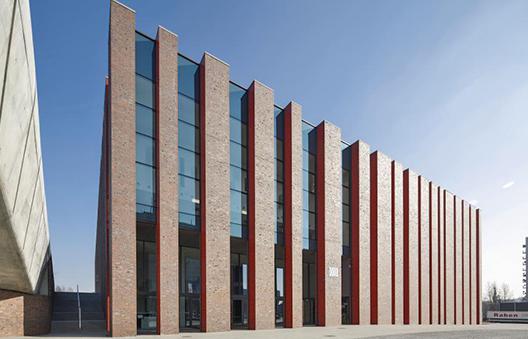
Installation of windows on the balcony
Most often, plastic windows are chosen for installation on a balcony or loggia, since they have excellent characteristics and an affordable price. Before glazing, it is necessary to carry out preparatory work - to check the reliability of the concrete base and balcony railing, to adjust the thickness of the outer walls in accordance with the goals of the improvement (this may require the construction of brickwork or foam blocks).
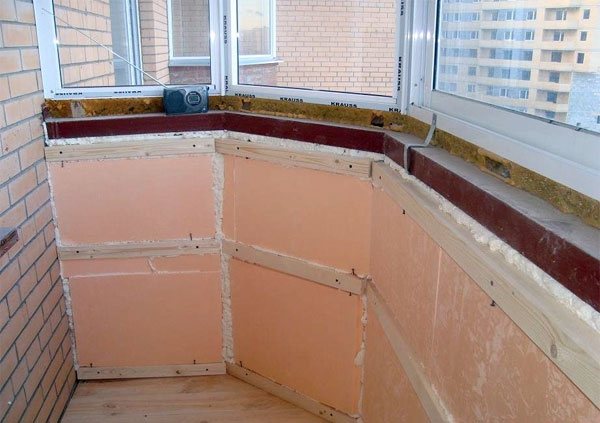

After carrying out these works, measurements of the opening for the manufacture of windows are taken. After delivery, check their conformity, the presence of all parts, the absence of scratches and damage:
- Before installing the window, it is necessary to disassemble - remove the sash from the hinges, remove the double-glazed windows by removing the glazing beads, remove the protective film.
- Anchor plates are attached along the perimeter of the frame.
- Install the frame in the opening of the balcony or loggia and align its position horizontally and vertically.
- Anchor plates are fixed, all slots around the perimeter are blown out with polyurethane foam.
- Double-glazed windows are inserted into the installed frame and the sashes are hung.
- After the glazing is completed, they begin to insulate and decorate the balcony.
Warm glazing allows you to make an additional room on the balcony or loggia for rest, work or storage. At the same time, in the adjacent room in winter, the air will warm up faster, which will save on heating. Modern windows made of different materials can be used - plastic, aluminum or eurobeam, a double-glazed unit with a heat-saving film will increase the efficiency of glazing.
Five reasons for this option
- The sealed structure of a profile and a glass unit provides a high level of thermal insulation. Heat loss will be minimized, especially if you carry out all the necessary procedures to insulate the remaining surfaces.
- Compared to aluminum, plastic provides better protection against external noise. Therefore, this option is recommended if you have to glaze a loggia overlooking a major highway.
- The service life of PVC structures is in no way inferior to aluminum: the material cannot be denied strength.
- Also attractive is the ability to install different options for sashes (from standard pivoting to practical parallel-sliding) and double-glazed windows with a different number of chambers.
- Warm glazing allows you to design in a uniform style, for example, by decorating walls, painting a profile, choosing curtains or blinds. After all, the final finishing of surfaces is an obligatory finishing stage in this process, and it is a sin not to use such opportunities.
Insulation of the balcony outside
How to insulate a balcony outside? Carrying out the event allows you to exclude the selection from the premises in relation to the area. Also, such a solution excludes the cooling of the walls. But it is worth noting the need to coordinate the project with the authorities due to changes in the facade of the house, if it is not the private sector.
At a height of more than 3 floors, according to the rules, it is permissible to carry out work only with the help of special equipment and admission.
Using technology, you can make a warm balcony as follows:
- Strengthening the parapet. This can be done using a reinforced metal frame, brick or block masonry. Less commonly, a tongue-and-groove plate is used.
- Preparation of the work surface. The insulated base must be healthy, clean and durable. Treatment is carried out with protective compounds against fungus, mold (read more in the article “how to get rid of mold on the balcony”) and bacteria, followed by strengthening priming with deep penetration means. Metal structures are coated with anti-corrosion paints.
- Vapor barrier, insulation. The first is represented by films, membrane fabrics with breathability. They are needed to drain moisture, protect thermal insulation from condensation. If there is a frame, then it is better to choose mineral wool, for a solid base it is more relevant than a slab. Less often, preference is given to plaster, since it is heavier, has a relatively high thermal conductivity.
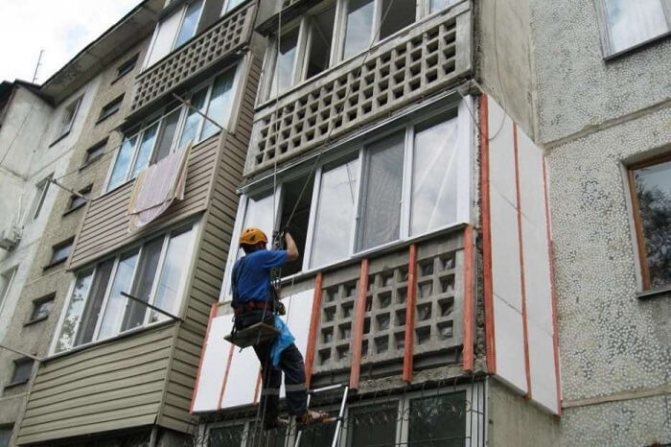

Further, to insulate the balcony, a hydro-barrier is laid outside, and finishing is carried out. These can be plaster mortars or cladding materials. The second solution is more often preferred due to its low weight, wide range of products and aesthetics.
Read more in the article "Sheathe the balcony outside".
For walls with ceilings, penofol is relevant. This is polyethylene foam. If there is a foil cladding made of aluminum, then such a material reflects the heat better into the room. The flooring is used to be placed in front of the decorative cladding. Contact with organic solvents must be avoided.
Fixation is carried out without overlap by means of a stapler, and the seams are glued with metallized tape.
